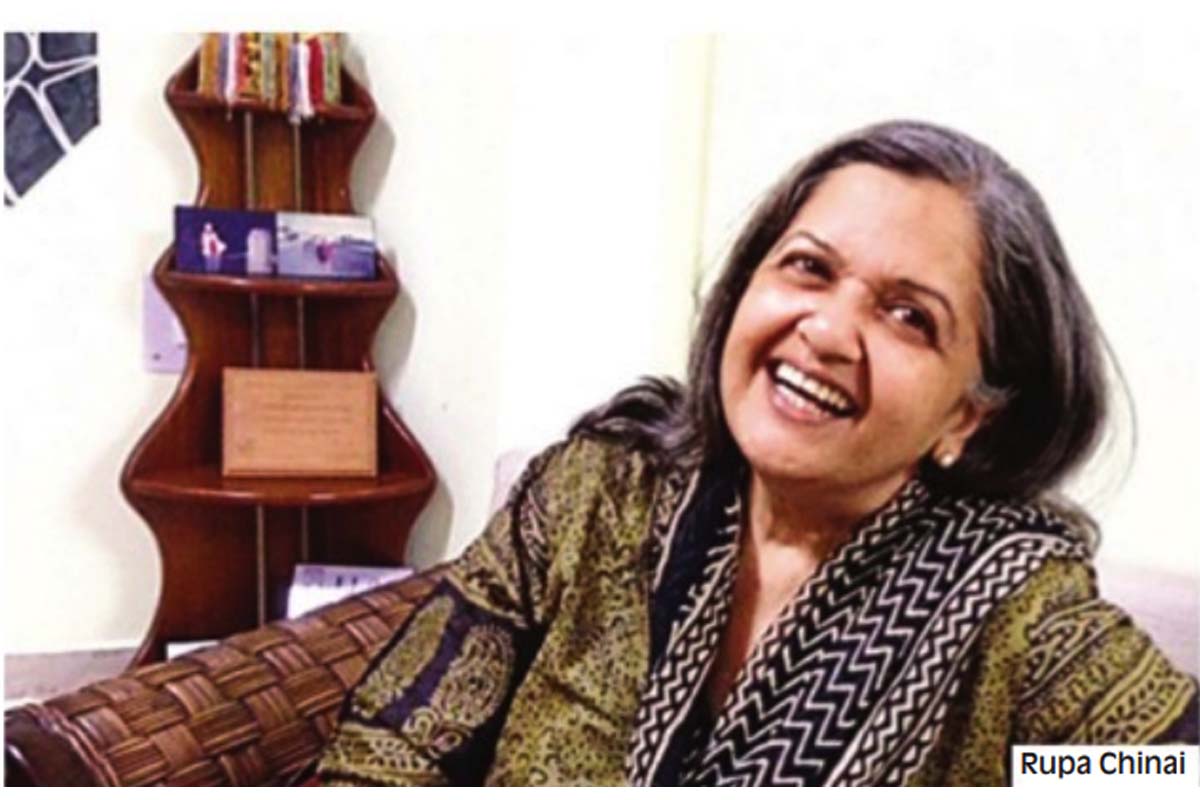Manipur’s Dilemma
Today, as the first votes are cast in India’s general election, the spotlight naturally turns to the bustling political activities across the country.
A recent book called Understanding India’s Northeast a Reporters Journal by Rupa Chinai has put forth thought provoking questions on issues concerning the region.

PHOTO: STATESMAN NEWS SERVICE
As a North-easterner from Manipur, I realised after reading Rupa Chinai’s Understanding Indias Northeast a ReportersJournal that there is so much to know about my neighbouring states and the region as a whole. Quite aptly titled, the book is informative, contextual and contemporary, and touches on the essence of issues thereby putting things in perspective. Apart from academic books and memoirs, most tomes written about North-east India are related to insurgency, conflict or violence. But only a few so far have offered a comprehensive read covering socio-politics and development by providing analytical observations and narrating real life stories.
First up, Chinai’s book stands out for its “not-so-sensational” title and cover photograph. The latter doesn’t have the oft-depicted representations of the North-east — think Kalashnikovs, burning villages or a humanitarian disaster. Instead, one sees the picture of a winding road and people going about their daily lives. That instantly sets it apart from what other books on the region have.
Chinai presents the North-east and its diverse people sensitively and sensibly. Moreover, her book does not merely compile a few journalistic experiences, travels in remote jungles and villages, or interviews of some high profile “militant leaders”. It comprises three decades of her work in the region presenting issues and real lives from forgotten corners. Notably she provides an important concluding chapter, “Building a Future: Sustainable development and livelihood in the Northeast”.
Advertisement
With history as the backdrop, Chinai focuses on the contemporary, which is relevant and makes for an insightful read. The book captures the crucial period of the 1980s and 1990s — the years that saw great bloodshed and violence — and links the region’s history and its people with the prevalent situation by adding post scripts. Simply by turning the pages, one can feel the physical strain she must have undergone to travel the North-east.
Instead of writing a critique, I would like to point out a few insights that Chinai succinctly provides in her 350-page narrative. While beautifully capturing the ethos, ethics, values and ways of life in the tribal villages, the book comprehensively presents important aspects of the region — education, health, socio-politics, communal and ethnic relations. Besides the broad issues, Chinai also provides thought-provoking backgrounds into the causes and consequences of unrest, alienation and lack of development including how corruption plays out at various levels and how things really work on the ground.
Chinai has analysed the peace processes in the region like the Tripura Accord and Bodoland Accord and shown how they have not been able to contain tribal unrest. The only achievement of the Tripura Accord, the author says, was “to bring three additional reserved seats for tribal MLAs in the state assembly” with no permanent solution still in sight as extremists continue to operate along the Bangladesh border. She mentions that the Bodoland Accord did not seek a consensus from Bodo society itself or take militant groups on board. Though the Accords sought to provide autonomy, the alienation of tribal people has continued, the author states.
Chinai says that the thread that has held the North-east and mainland India together is the Constitution. She writes, “India’s Constitution is held to be amongst the finest examples in the world for protection of minorities. It demonstrates a unique sensitivity to issues of minorities, particularly in the North-eastern region. For instance it provides special safeguards for the development of India’s tribal groups through protection of their land, cultural and natural resources, freedom to control and run their own affairs. Even if this remains largely on paper, the Constitution still makes the promise.” According to the author, Constitutional safeguards have had positive impacts in the region and its people, in terms of protection of natural resources and its sustainable use. However, as rightly stated by Chinai, “The tribal groups of the Northeast base their expectations of India on those Constitutional commitments”. Any uprising or social movement has been a reaction to the Constitution — be it land, greater autonomy or statehood demands. It is also the foundation for dialogue and negotiation with rebel groups. The author’s frequent mention of the Constitution (the Sixth Schedule in specific) is indeed food for thought and needs to be critically examined.
Natural resources may not have been exploited due to such Constitutional protective mechanisms but the question is, haven’t they lead to the absence of infrastructure in the region? Does “autonomy” lead to failure of governance and administrations? Chinai observes, “India’s Constitution implementation has failed to match up to the ideals”. Evidence from Tripura shows how in fact Constitutional safeguards have been actively subverted, she writes. The book mentions tribal leaders saying that the Tripura Tribal Autonomous District Council is a “laughing stock”. One can relate to Chinai’s observations in light of recent happenings such as the call for scrapping of Article 370 that gives autonomous status to Jammu and Kashmir. Similarly, a ruling Nationalist Democratic Progressive Party legislator in Nagaland reportedly attributed the lack of development in the state to Article 371(A) that safeguards the customary rights of Nagas. Chinai’s critical examination of Constitutional provisions and peace accords raises important questions that invite further debate and discussion.
Understanding Indias Northeast a ReportersJournal will serve as an informative document, a guide for students, researchers, development practitioners, policy framers and most importantly, governments — both at the Centre and in states. It is also a must-read for the present generation to understand the issues that has gripped the region in recent times and find an alternative from pointers mentioned therein.
The writer is a freelance journalist based in Imphal and Dimapur
Advertisement